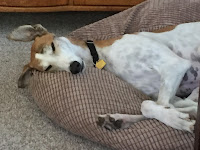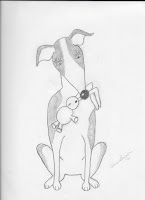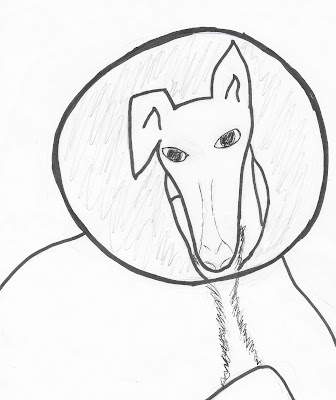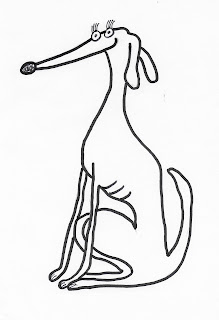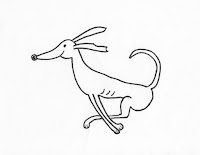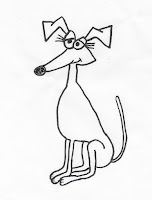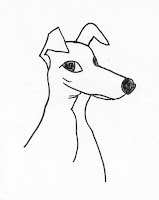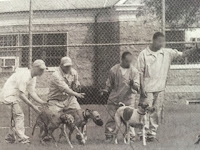 |
| Pixabay.com |
A warm and cheerful home,
though temporary it be.
How could I have ever known,
it was chosen just for me.
Christmas is coming, and all our thoughts go to the hustle and bustle of the season. Greyhounds have no understanding of the festivities especially the dogs that are still waiting to be adopted. One of the best gifts a retired racer can receive is a forever home, but the next best thing is being taken into a home as a foster dog.
 |
| Images.google.com |
Fostering a greyhound until a permanent home is found is a great gift to give to a newly retired racer any time of year. Many rescues do not have kennels to house their newly acquired dogs, and the foster programs are their backbone. When my family decided to foster, we already had two greyhounds. Knowing what to expect from a dog right off the track can advance its education, but even without this knowledge it is possible to share your home.
 |
| Pixabay.com |
By taking in a foster, you are helping the dog transition from the track to home life. Since dogs coming from the track have a very regimented life, living in a home becomes confusing for them. It is best to try to keep some regimentation in their lives. Feeding at approximately the same times each day and taking them out for potty at similar times supports this. (This will help with housebreaking also.) Although greyhounds on the track live a different way, they are eager to learn and pick up new skills quickly.
 |
| Images.google.com |
The first time you bring your new foster home, it is important to introduce him or her to your present dog. This should be done in neutral territory outside where your animal does not feel threatened. Here, they can meet on equal terms and can sniff to their hearts content. After the meeting is over, both dogs can be brought into the house. It’s a good idea to let your foster wear his muzzle for the first couple of days while he is getting use to things. If you have cats, make sure that the rescue has given you a cat-tolerant dog, and ask their advice on how to introduce them. Keep small animals and birds caged.
 |
| Images.google.com |
Your job is a very important one. Your foster is depending on you to teach him critical lessons for an easy passage to his forever home. Since he has been kept in a kennel during his racing life, being in a home may be overwhelming to him at first. Teaching him about stairs, slippery floor surfaces, windows and sliding glass doors, unusual noises, riding in a car, and children will make his move into an adoptive home easier.
Having your foster learn to go outside when he has to go to the bathroom is one of the more important lessons you will teach. In my experience, greyhounds want to please and since most are older, they learn quickly. Taking your charge out often, giving a potty command and praise will encourage him. Watching him closely when loose inside the house or crating him when you can’t watch him or you go out would assist him in learning what’s expected.
 |
| Images.google.com |
 |
| Images.google.com |
With all these new lessons, your foster will be well on his way to his forever home. The toughest lesson will be yours to learn. Letting your foster go is difficult, but knowing he is going to his new home makes it all worth it. There may be a time that you flunk “Fostering 101”. Understand that it may happen, and if it does, tell the rescue as soon as you can that this dog is special to you. All the love and care given to your fosters will speak volumes to their new pet parents.
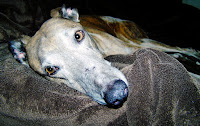 |
| Pixabay.com |
Resources and Further Information:
“GFNJ Foster Guidelines”, greyhoundfriendsnj.org
“Fostering”, greyhoundlifesavers.org


